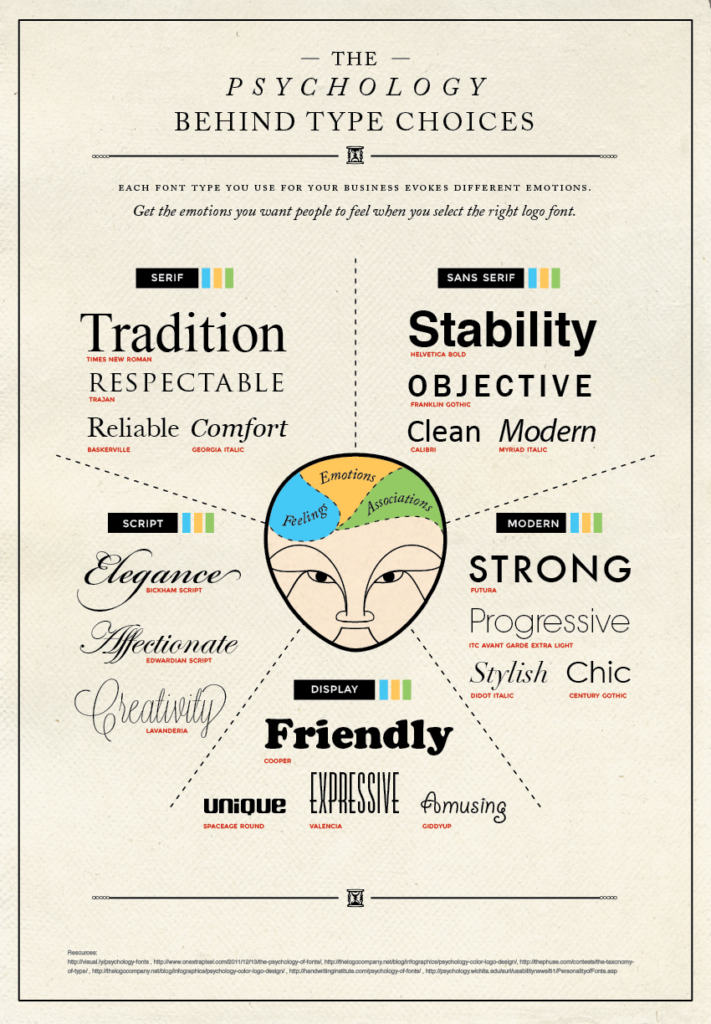Your brand should be both unique and purposeful. In an ever-growing sea of businesses, it’s important to be able to stand out within your market. It’s even more important that your brand speaks to something purposeful that consumers can connect with.
Remember: people buy the feeling your product or service gives them, not the actual product itself.
Branding is absolutely essential to securing customer loyalty, and even repeat buyers. Think about it: if you look the same as every other brand online, what makes you different from every other business selling similar products or services? If you’re not working to make your business unique, to evoke a particular emotions from potential buyers, than what’s going to stop them from buying from someone else?
If you’re not already thinking about brand, it’s time to start. Here are five elements of a stand-out brand to get you started on the right foot.
Your Mission Statement
A mission statement stands as a description of your fundamental purpose as a business. It answers the question, “why does our company/brand/organization exist?”
This statement, once articulated and lived by, helps form your brand identity and overall intentions in the marketplace. A mission statement is powerful, as it can create an emotional tie to consumers who can connect with your purpose.
Examples:
| Amazon’s Mission Statement | To be Earth's most customer centric company; to build a place where people can come to find and discover anything they might want to buy online. |
| Apple’s Mission Statement | Apple is committed to bringing the best personal computing experience to students, educators, creative professionals and consumers around the world through its innovative hardware, software and internet offerings. |
| Leverage’s Mission Statement |
To grow, create and cultivate unique, exemplary online brands and experiences. |
How does one create a good mission statement? Think about:
- What do I want my business to achieve in the world?
- How do I want consumers to feel when they’ve purchased from my business?
- Think about your business story, progression and goals... where is it all leading?
- In summary … what do you do? How do you do it? Whom do you do it for? What value do you bring?
Your Core Values
Along with a mission statement, having core values further allows consumers to emotionally connect with your brand. Value statements are what you deliver to your target audience. Core values also clarify your brand identity and help serve as a competitive advantage.
Did you know that the “About” page on websites is one of the top visited pages? That means people care about what your brand has to say, and how you are saying it.
Often times, core values are not things that can be quickly decided on, but rather things that develop over time as you build and grow your business. Maybe one of your core values is “commitment to the community,” because a portion of your sales goes to charity. Or maybe a core value for your business is “promoting women empowerment” because you are a female-run business.
Think about what you truly believe in, write these values down on a piece of paper, and then think about if that translates into your business. Value statements can be sprinkled in copy, content and other marketing materials to portray a concise and unified message. When developing a website, it is great to have a handful of these to work off of, so that content creation can align with the identified values.
Having strong core values will also help align your business, and help bring in a very specific demographic of buyers.
Your Colors & Font
Having a number of solidified brand colors and fonts is beneficial in so many different ways. For one, it helps keep all of your marketing collateral (both online and offline) consistent and recognizable.
Think about the brand Coca-Cola and its colors and fonts. The first thing that probably popped into your mind was the color red. You might have also envisioned the brand’s handwritten white script. If you are currently using a number of different colors and fonts at random, you are going to have a hard time building brand awareness and recognition!

Photo Credit: Huffington Post
Colors and fonts are meaningful, so make sure you’re putting in the right amount of research to select elements that match with the message you want to be putting out. For example, the color green is often associated with health, tranquility, power, and nature. This might be a perfect color for your brand if you are involved in wellness industry, but not the best color if you own a car dealership.
If your business is more conservative, you might use shades of blue, but if you are trying to inspire optimism or positivity, yellow might be a better option. The same is true for fonts. Comic Sans is most likely not your best pick if you’re trying to come across as modern and sophisticated.
Think about the keywords that describe your business (i.e. traditional, innovative, reliable, progressive, unique, etc.) and ensure you are choosing the colors, elements and fonts that speak to them.

Photo Credit: Crazy Egg
Your Logo
Finally, a logo is another element of your business/brand that can tie into your overall branding strategy. Your logo is a symbol that should quickly and effortlessly communicate a message (think Nike’s iconic checkmark), and, if done well, can serve as the face of your business.
A logo, like your colors and fonts, needs to be thought out and unique. Once your nail down your colors and fonts, as well as your core values and keywords, a logo should naturally come together, melding all of these elements together in a way that makes sense. A logo can:
- Give you a competitive advantage
- Give you a unique look in your marketplace
- Foster brand loyalty
- Foster brand awareness
- Help shape your brand identity
Above all else, a logo in the right places makes you trustworthy. When potential buyers see the same logo on your website, social media platforms, emails, and other marketing collateral, they will become more familiar with who you are, and what they can expect from you.
Branding is definitely much more than just a logo, or just a mission statement. It’s a number of different elements and research woven together to create a cohesive identity and positioning. Once you nail down what your business is all about, the rest should fall into place. Click below to get your free brand audit to start your branding journey today!

